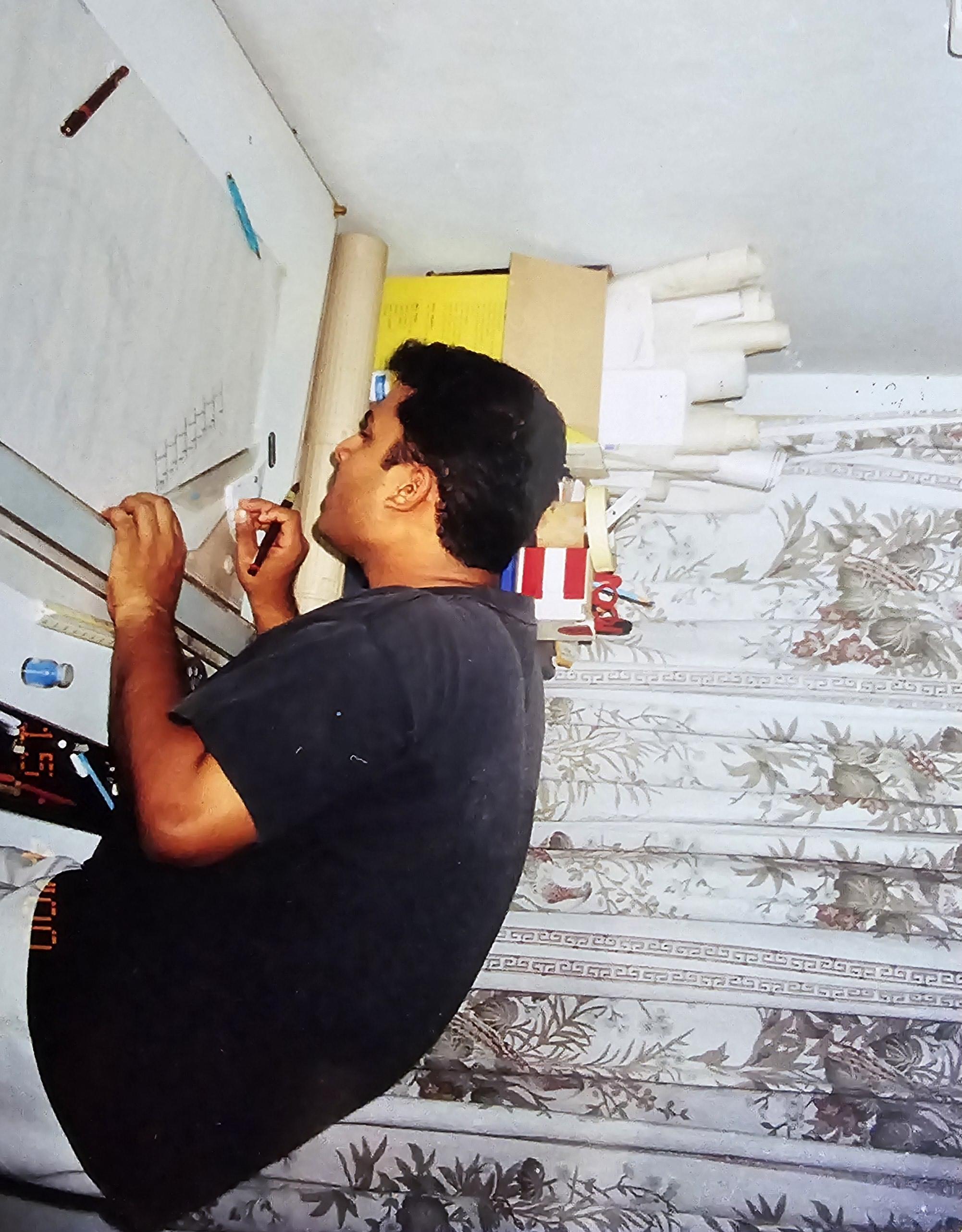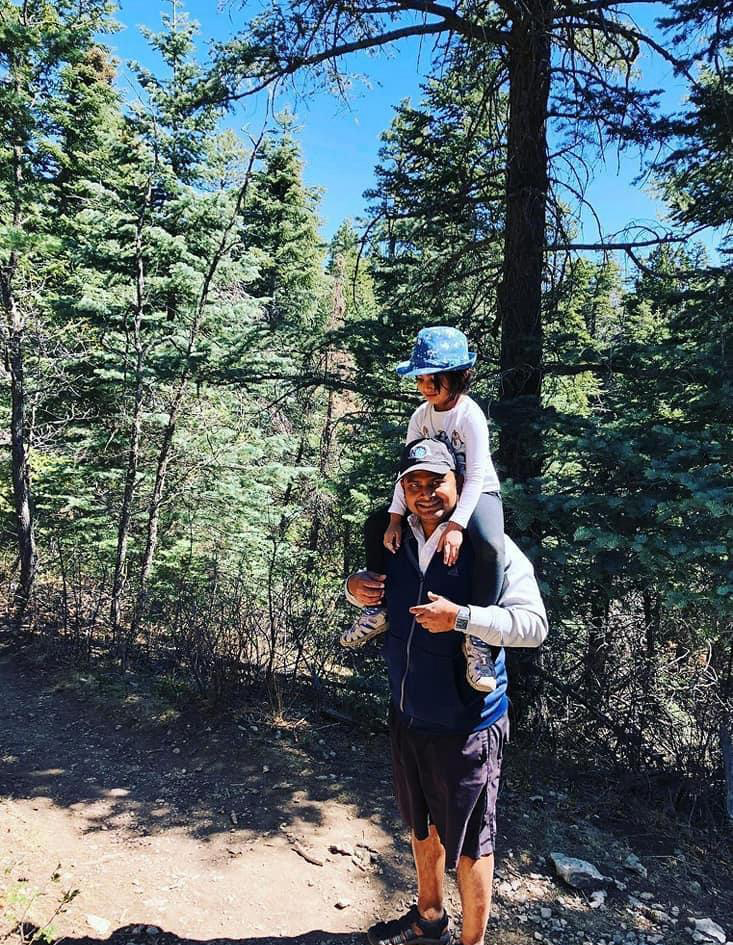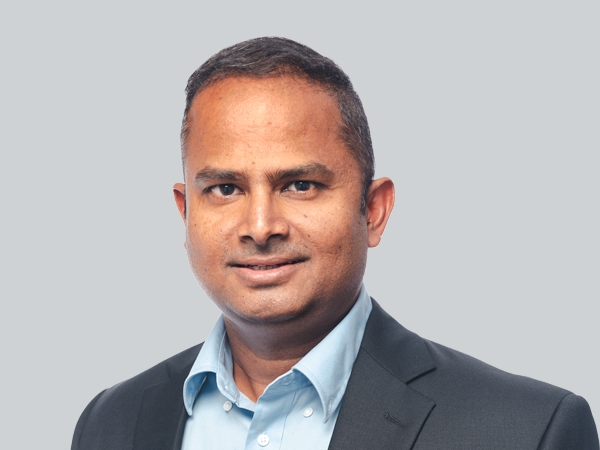 As a kid, I envisioned working in a field that was challenging and creative. I’d never been formally exposed to the field of architecture, but the opportunity of studying architecture as an undergraduate in India presented itself and, after a little thought, I immersed myself in that endeavor.
As a kid, I envisioned working in a field that was challenging and creative. I’d never been formally exposed to the field of architecture, but the opportunity of studying architecture as an undergraduate in India presented itself and, after a little thought, I immersed myself in that endeavor.
My undergraduate architecture program is a blur, though I had flashes of creativity and many life-long relationships that began there. My master’s in architecture program at the University of New Mexico (UNM) in Albuquerque was a lot more deliberate and challenging. I still have distinct memories of life at UNM and the rigor it took to complete the program well.
In architecture, I pride myself on being a problem solver and developing context-based solutions. The process of working with a team to develop spatial solutions in response to needs, aspirations and financial goals is very rewarding. I appreciate the nuances of working with owners, end users, colleagues, and consultants to arrive at a mutually cohesive solution.
 I have worked on a variety of project types, and healthcare architecture is among my favorites. Even though I grew up in a large metropolitan city in India, my exposure to healthcare was a personal one, wherein my doctor knew my parents and my immediate family by name since I was born. My doctor was always available for impromptu visits without calling ahead and would remember random facts about us. I was surprised to see this personal relationship replicated here in the US in many rural communities, whereas in larger communities / cities, it appears to be lost. This is one of the reasons rural healthcare architecture fascinates me.
I have worked on a variety of project types, and healthcare architecture is among my favorites. Even though I grew up in a large metropolitan city in India, my exposure to healthcare was a personal one, wherein my doctor knew my parents and my immediate family by name since I was born. My doctor was always available for impromptu visits without calling ahead and would remember random facts about us. I was surprised to see this personal relationship replicated here in the US in many rural communities, whereas in larger communities / cities, it appears to be lost. This is one of the reasons rural healthcare architecture fascinates me.
One particular healthcare client in a rural setting was so attuned to their local community, they included staff / community members in the design process. For instance, the cafeteria vendor was brought in to interact with the design team in developing the cookware and the flow of the cafeteria. The clinical staff – all local community members – had strong views on how care was provided, including multiple layers of privacy protection, especially for behavioral care patients.
Sustainability was viewed as an inherent part of the project. In one instance, the design team had suggested a minimal number of expensive electric car-charging stations and the client, surprisingly, asked for more. The thought was that the doctors who travelled long distances would use this service and it would lead to staff retention.
 Sharing these experiences and hearing other healthcare designers’ viewpoints at conferences such as ASHE PDC/Rural Healthcare, etc., is always inspiring, allowing me to learn about successful, out-of-the box solutions in a range of settings.
Sharing these experiences and hearing other healthcare designers’ viewpoints at conferences such as ASHE PDC/Rural Healthcare, etc., is always inspiring, allowing me to learn about successful, out-of-the box solutions in a range of settings.
I look forward to the opportunity to continue to work with a diverse group of clients, healthcare professionals, and architects to continually evolve and improve healthcare in our communities.
